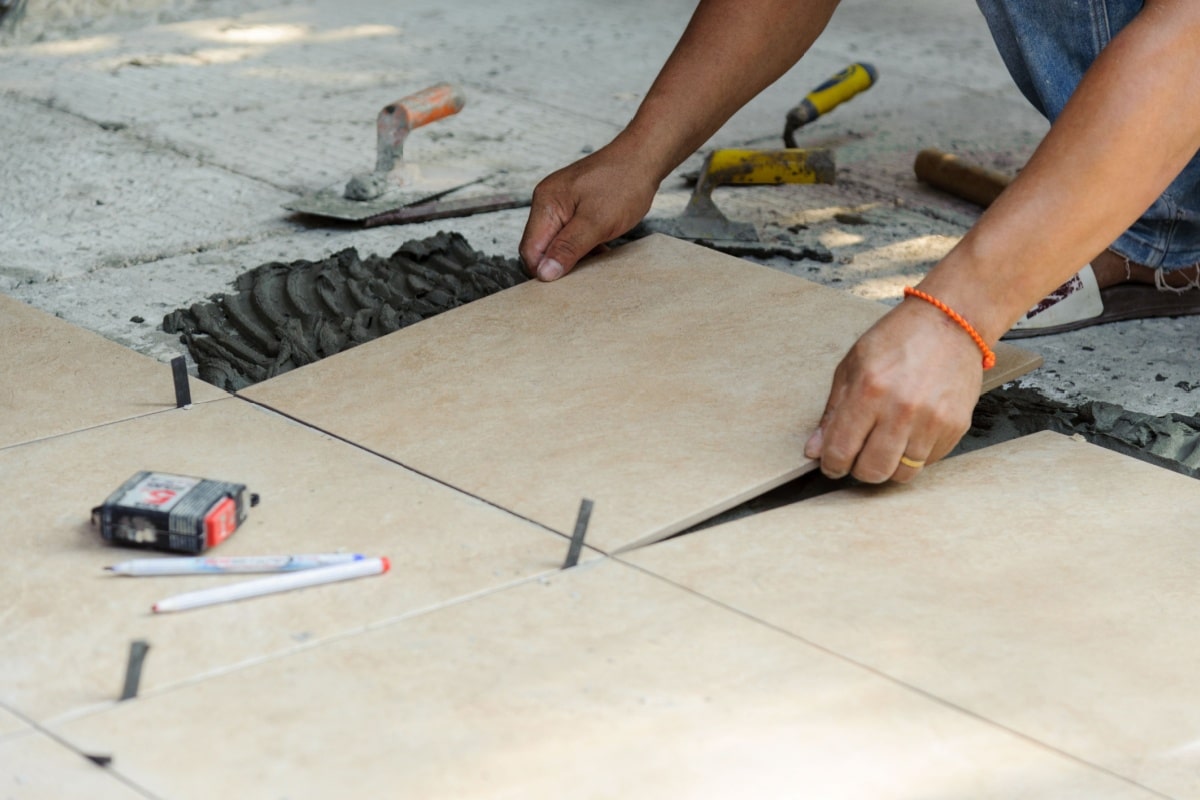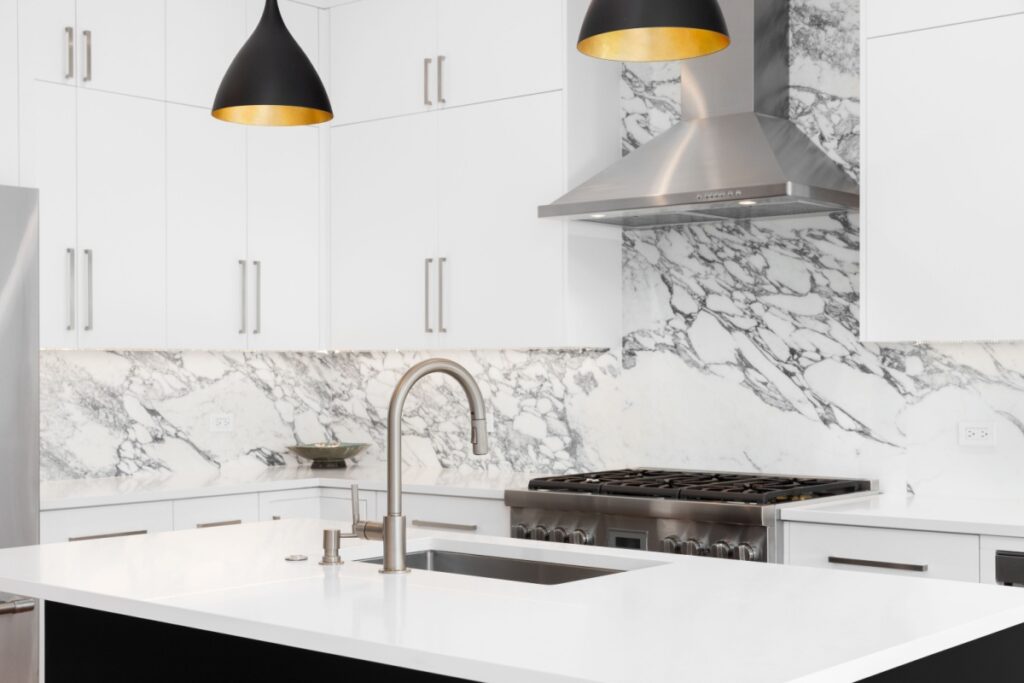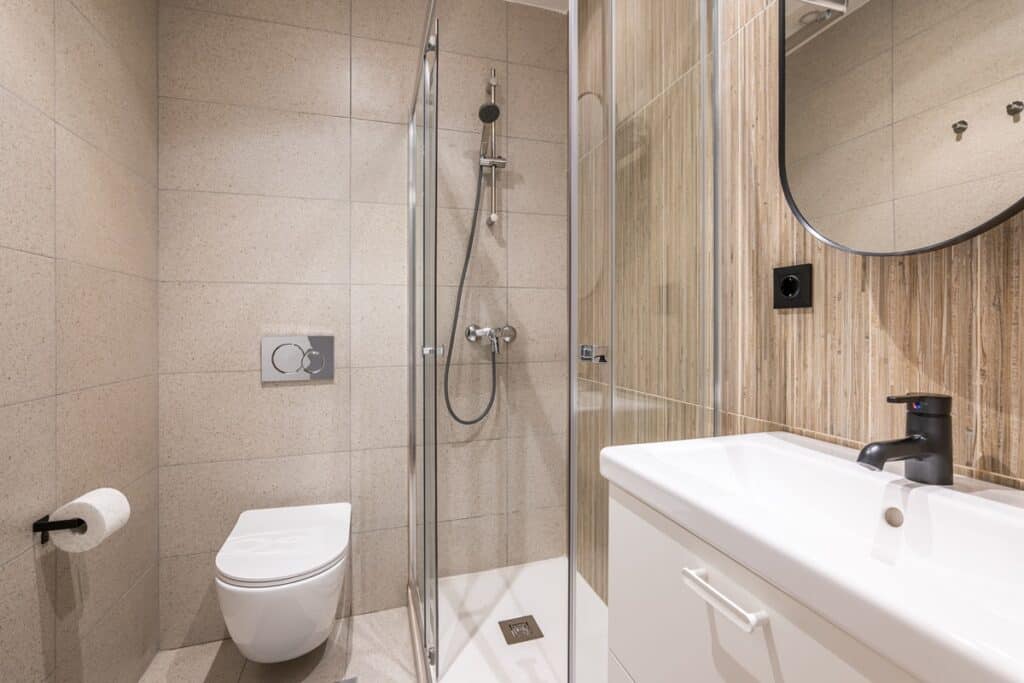When it comes to choosing flooring or wall tiles, natural stone and porcelain tiles are two popular options, but which offers better value over time? Understanding their differences can help you make a decision that balances aesthetics, durability, and cost.
Natural Stone Tiles
Natural stone tiles like marble, limestone, and slate bring unmatched character and beauty. Each piece is unique, adding luxury and timeless appeal to your space. However, stone requires sealing and occasional maintenance to prevent staining or wear. Installation can be more expensive due to the weight and specialist handling needed.
Porcelain Tiles
Porcelain is manufactured to be hard, dense, and uniform. It’s resistant to scratches, moisture, and staining, making it extremely low-maintenance. Porcelain tiles are often less expensive than natural stone initially and simpler to install, but they may lack the unique charm and warmth of real stone.
Cost vs. Longevity
While natural stone may have a higher upfront cost, its durability and timeless appeal can add value to your property. With proper care, stone can last decades. Porcelain, on the other hand, is practical and resilient, but in terms of long-term prestige and luxury, it may not offer the same visual impact.
Making the Right Choice
- Style vs practicality: Choose stone for a luxurious, natural look, and porcelain for a budget-friendly, low-maintenance alternative.
- Maintenance: Factor in sealing, cleaning, and potential repairs for stone. Porcelain is more hands-off.
- Longevity: Both can last a lifetime if installed correctly, but stone may require more ongoing attention.
Final Notes…
Ultimately, the choice depends on your priorities. If you value unique aesthetics and long-term property value, natural stone may be worth the investment. For straightforward durability with minimal fuss, porcelain tiles offer excellent performance at a lower cost.













